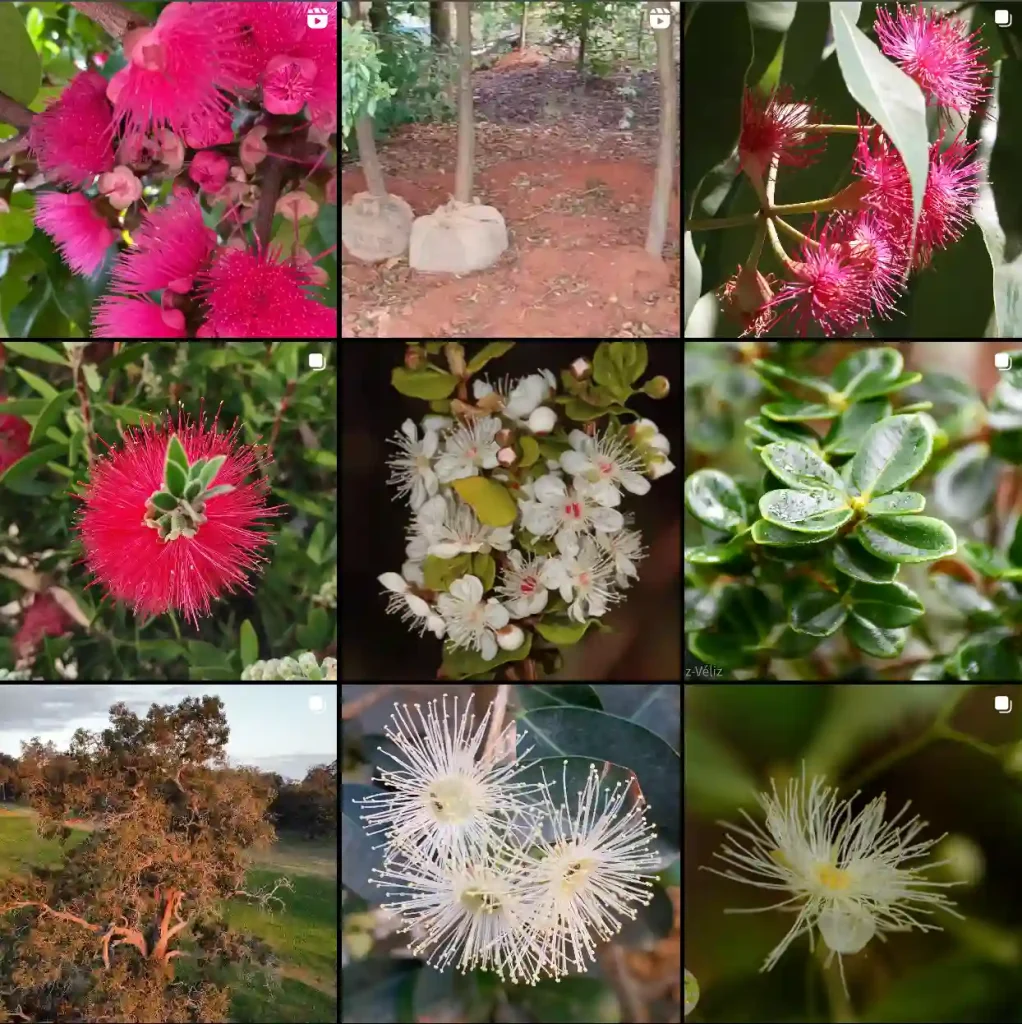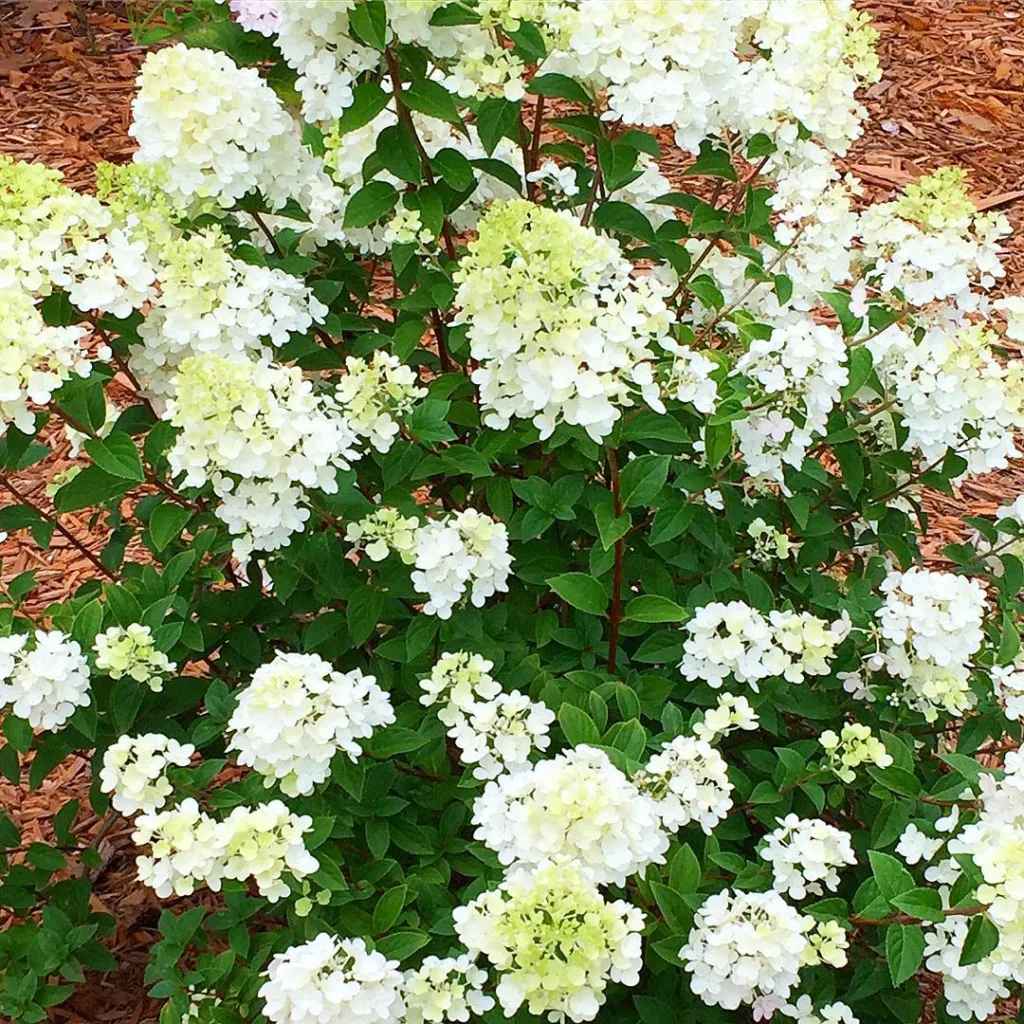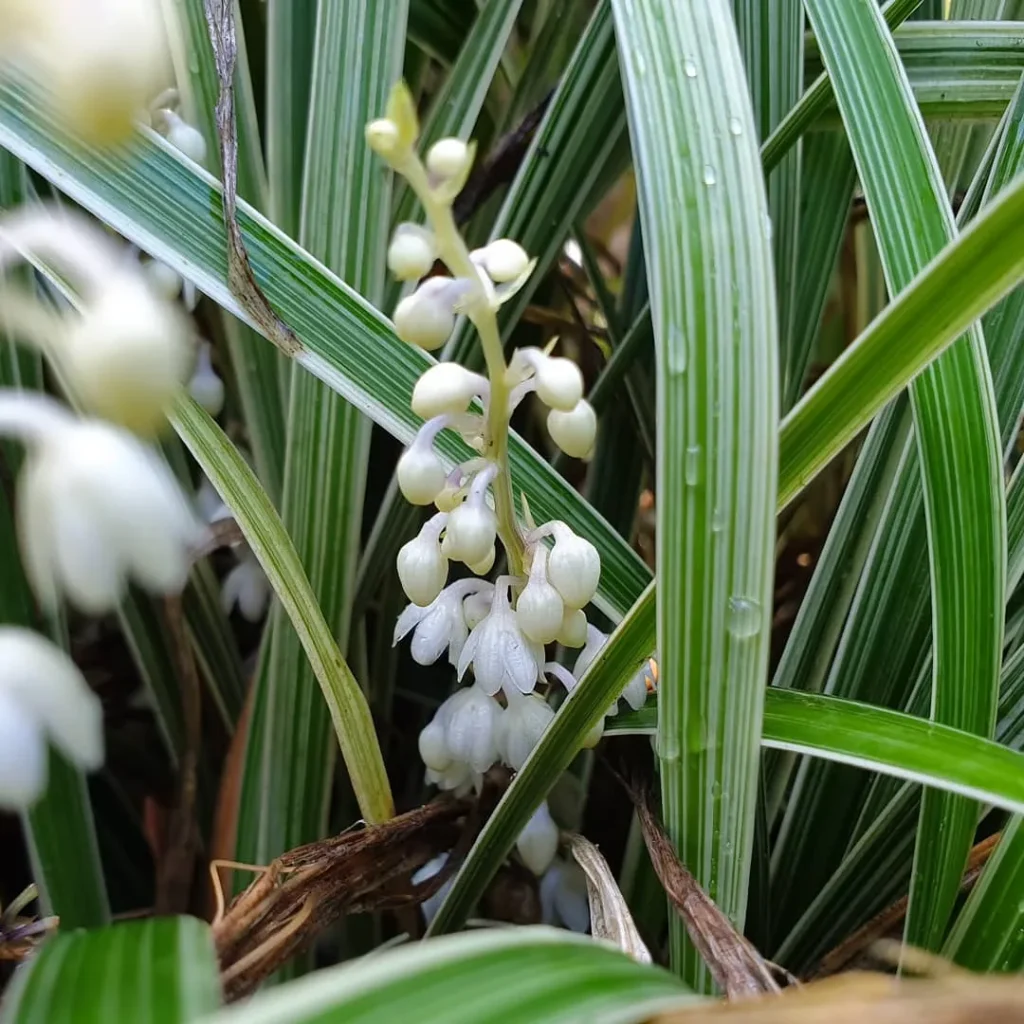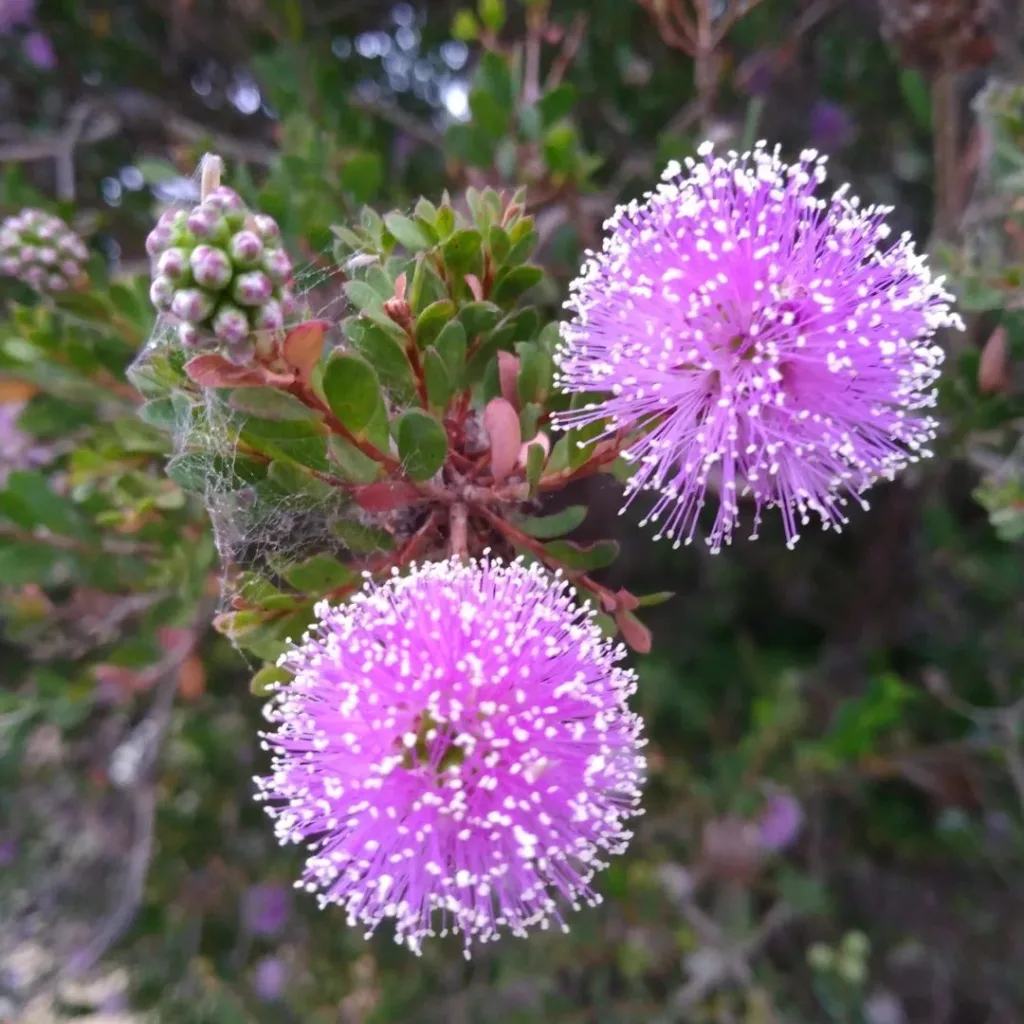What Is Picea Glauca Pendula?
Picea Glauca Pendula, commonly known as the Dwarf Alberta Spruce, is a charming evergreen tree that is renowned for its unique, weeping form. Originating from Canada, this tree features a distinctive drooping habit that makes it a standout in any garden. With its dense, needle-like foliage and compact size, it’s a popular choice for small gardens and landscape designs. I’ve found that its graceful appearance adds a touch of elegance, whether used as a standalone specimen or as part of a larger design.
41 Species in Genus Picea
How to Care for Picea Glauca Pendula?
Caring for Picea Glauca Pendula involves a few straightforward steps. Here’s what I’ve learned from my own experiences:
- Location and Soil: This spruce prefers well-drained soil and thrives in a sunny to partially shaded location. It’s important to ensure that the soil remains moist but not waterlogged. I’ve found that planting it in slightly acidic to neutral soil yields the best results.
- Watering: Regular watering is crucial, especially during the growing season. However, it’s essential not to overwater. I generally wait until the top inch of soil feels dry before giving it a thorough watering. This helps maintain the right moisture level without causing root rot.
- Pruning: Light pruning can help maintain its shape and encourage denser growth. I usually prune in late winter or early spring before new growth starts. Removing any dead or damaged branches can also improve the tree’s overall health.
- Fertilizing: Feeding the tree with a balanced, slow-release fertilizer once a year in early spring can boost its growth. I prefer using a fertilizer specifically designed for evergreen trees.
How to Propagate Picea Glauca Pendula?
Propagating Picea Glauca Pendula is a bit of a challenge but can be rewarding. Here are the methods I’ve used:
- Seed Propagation: Collect seeds from mature cones in late fall or early winter. After stratifying them in the refrigerator for several weeks, sow the seeds in a seed-starting mix. Germination can be slow, so patience is key.
- Cuttings: Semi-hardwood cuttings taken in late summer or early fall can be rooted in a mix of peat and perlite. Using a rooting hormone can increase success rates. Keep the cuttings in a humid environment until they develop roots.
What to Plant with Picea Glauca Pendula?
Pairing Picea Glauca Pendula with complementary plants can enhance your garden design. I’ve found that it works well with:
- Hostas: Their broad leaves contrast beautifully with the fine needles of the spruce.
- Heuchera: The colorful foliage of Heuchera adds a vibrant touch against the evergreen backdrop.
- Shade Perennials: Plants like astilbe or ferns can provide a lush, layered look.
Is Picea Glauca Pendula Toxic?
Picea Glauca Pendula is non-toxic to both humans and pets. I’ve had it in my garden without any issues related to toxicity. This makes it a safe choice for family-friendly gardens.
Benefits of Picea Glauca Pendula
There are several benefits to adding Picea Glauca Pendula to your garden:
- Aesthetic Appeal: Its unique weeping form and evergreen needles provide year-round interest.
- Low Maintenance: Once established, it requires minimal care, making it an excellent choice for busy gardeners.
- Versatility: Suitable for various garden styles, including formal and naturalistic landscapes.
Common Problems with Picea Glauca Pendula
Despite its many advantages, Picea Glauca Pendula can face a few issues:
- Pests: Look out for common pests like spider mites and aphids. I’ve found that regular inspection and treatment with insecticidal soap can manage these pests effectively.
- Diseases: Fungal diseases such as needle cast can sometimes affect this spruce. Ensuring good air circulation and proper watering can help prevent these problems.
Compare with Other Similar Plants
When comparing Picea Glauca Pendula to other similar trees, such as the standard Alberta Spruce (Picea glauca ‘Conica’) or the Weeping Norway Spruce (Picea abies ‘Pendula’), I’ve noticed:
- Size and Shape: Picea Glauca Pendula is generally smaller and more compact than the standard Alberta Spruce. It also has a more pronounced weeping form compared to the Weeping Norway Spruce.
- Hardiness: Both the Dwarf Alberta Spruce and Weeping Norway Spruce are hardy, but the Picea Glauca Pendula tends to be more tolerant of cold temperatures.
In summary, Picea Glauca Pendula is a versatile and visually striking choice for various garden settings. Its unique appearance, combined with relatively easy care requirements, makes it a popular choice among gardeners. Whether you’re looking to add a focal point to your landscape or enhance a garden with its graceful presence, this tree is worth considering.
If i die, water my plants!



